We may earn money or products from the companies mentioned in this post. This means if you click on the link and purchase the item, I will receive a small commission at no extra cost to you ... you're just helping re-supply our family's travel fund.
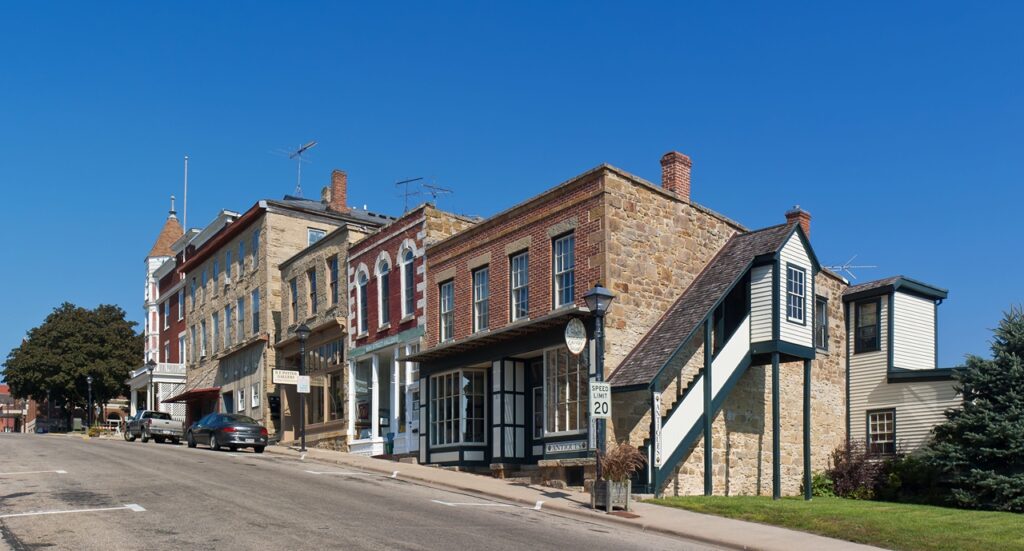
Some towns in the United States haven’t just preserved history—they live it. From cobblestone streets and centuries-old architecture to preserved cultural practices and ghost towns frozen in time, these destinations transport visitors straight to the 1800s. Whether still thriving or carefully restored, these places reflect the beauty of America’s past through local life, unique structures, and enduring traditions. Walking through their streets is like stepping into a living museum, where every building and byway tells a story. Discover 13 towns where the 19th century feels alive and well in the present day.
1. Chagrin Falls, Ohio
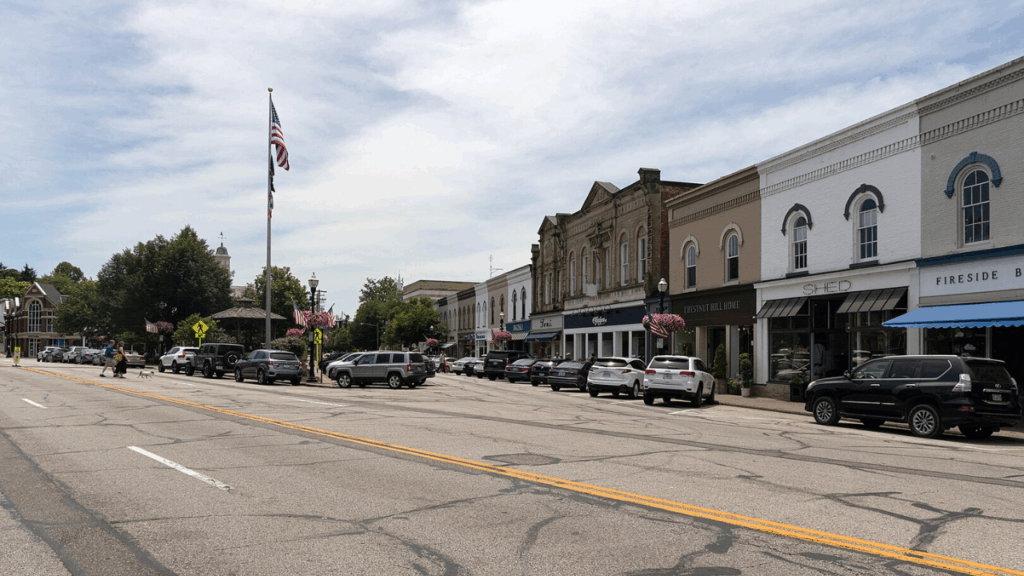
Chagrin Falls is a charming village just outside Cleveland that feels like a perfectly preserved 19th-century town. The Main Street is lined with antique shops, diners, and vintage storefronts that look untouched by time. Visitors are drawn to the natural beauty of the waterfall after which the town is named. An essential stop is the Chagrin Falls Popcorn Shop, open for nearly 150 years and still offering handmade ice cream and dozens of popcorn flavors. The relaxed atmosphere and timeless architecture make it a picturesque retreat into America’s simpler, slower past.
2. Cooperstown, New York
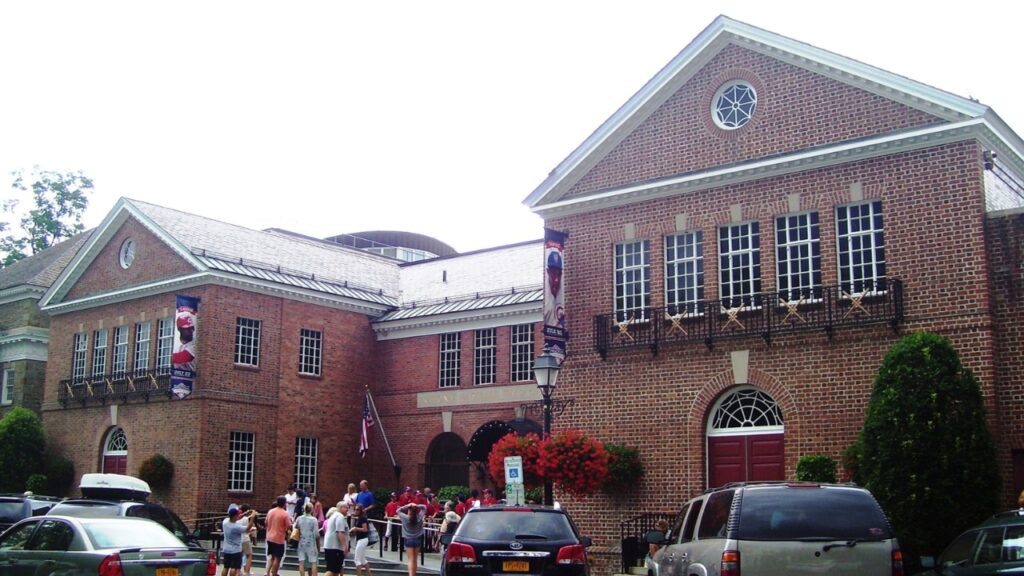
Cooperstown is more than the birthplace of baseball—it’s a place where the 1800s remain alive. The historic Doubleday Field still holds games in its original layout from 1920, while the surrounding Main Street features 200-year-old buildings filled with bookstores, antique shops, and eateries. The Inn at Cooperstown, built in 1874, invites guests to spend the night immersed in history. For a true step back in time, Hyde Hall offers guided tours of its nearly 50-room neoclassical mansion, preserved in yesteryear’s grandeur with original furnishings intact.
3. Galena, Illinois
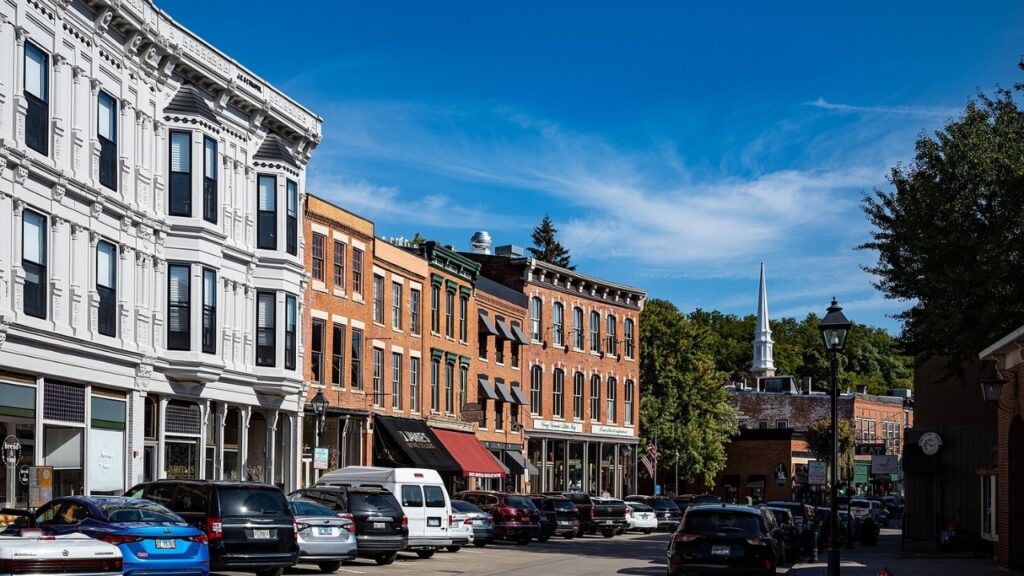
Galena offers an enchanting blend of history and inclusivity. Located a few hours from Chicago, this town boasts 19th-century brick and stone buildings that house local boutiques and cafés. Around 85% of Galena’s structures are within its Historic District, creating a visually cohesive and immersive throwback experience. One standout attraction is the Ulysses S. Grant Home, where the Civil War general and 18th U.S. President once lived. With original 1865 furnishings and Italianate architecture, Galena invites visitors to admire its well-preserved past while enjoying a modern and welcoming atmosphere.
4. Garnet, Montana
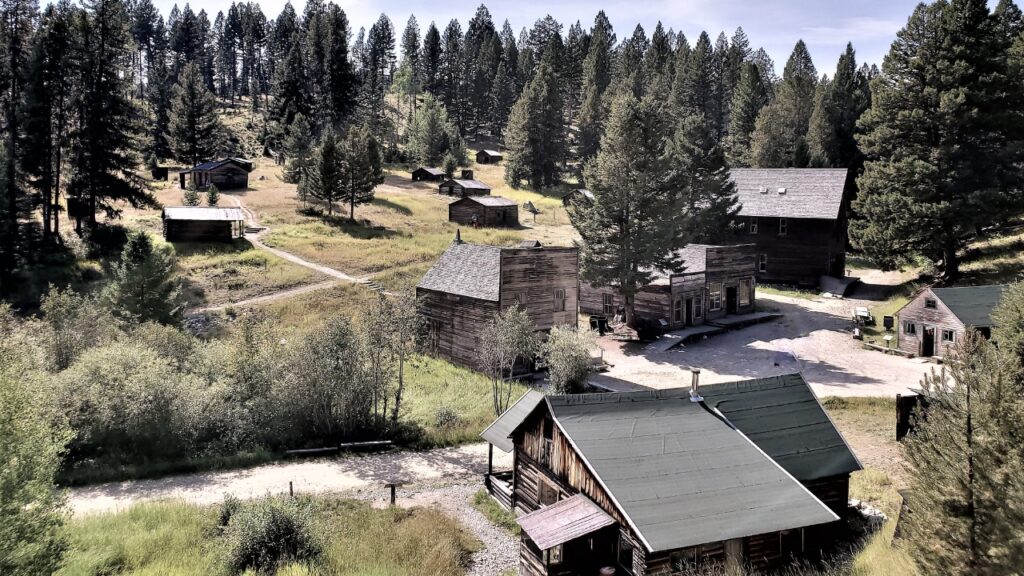
Garnet stands as Montana’s best-preserved ghost town, untouched and hauntingly beautiful. Once a bustling gold mining settlement, it began to decline after 1917 when the gold ran dry. Today, Garnet is frozen in time, with abandoned saloons, wooden cabins, and even a schoolhouse offering a glimpse into pioneer life. Visitors can walk through the same dusty paths miners once did, all while surrounded by the original structures. With no modern development to disrupt the view, Garnet feels like an authentic portal to a rugged, gold-rush past.
5. Lancaster, Pennsylvania
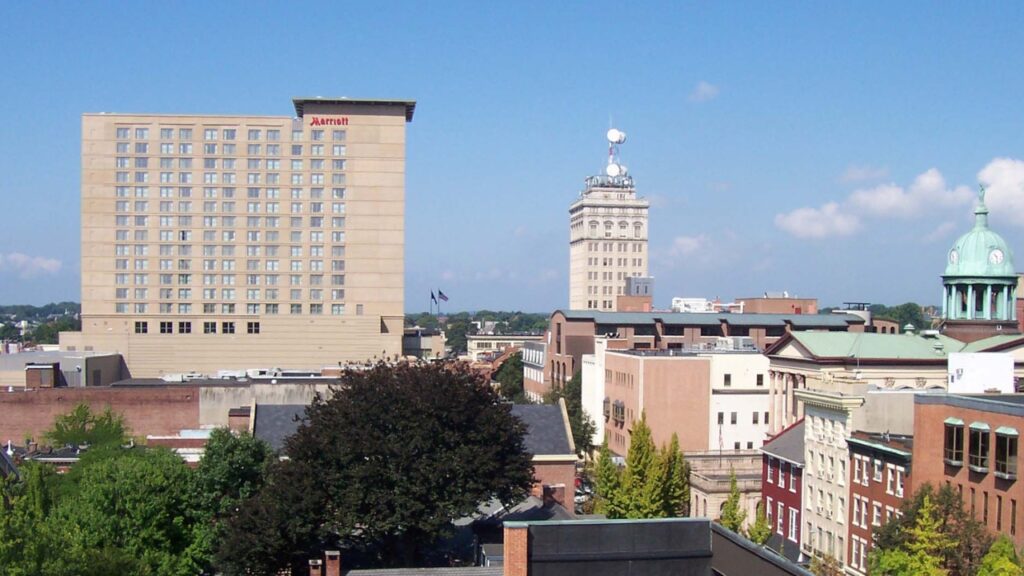
Lancaster County is home to the largest Amish population in America, and their commitment to simplicity keeps 19th-century traditions thriving. Horse-drawn buggies clip-clop through pastoral roads, passing windmills, farms, and old wooden barns. Tourists can explore Amish homesteads, quilt shops, and farmers’ markets while learning about customs that remain unchanged for generations. Technology is minimal here, and visitors are invited to slow down and experience life unplugged. Lancaster isn’t just a preserved historic area—it’s a fully functioning 1800s-era lifestyle that continues into the present.
6. Mineral Point, Wisconsin

A slice of Cornwall in the Midwest, Mineral Point is known for its distinctive stone architecture and strong mining heritage. Founded in the 1840s by Cornish immigrants, the town has preserved its roots through buildings like the Pendarvis House and old miners’ cottages. The streets of Mineral Point feel like a European village, with cozy bakeries and vintage pubs nestled in centuries-old structures. This town’s commitment to historical authenticity makes it an ideal destination for anyone seeking to experience the culture, cuisine, and craftsmanship of the 1800s American heartland.
7. New Orleans, Louisiana
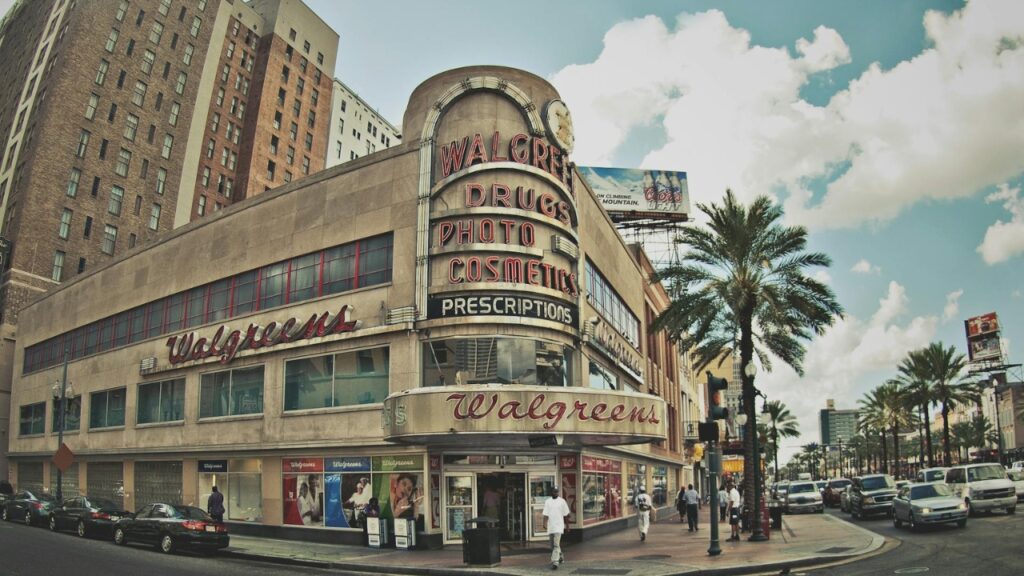
New Orleans might be known for Mardi Gras and jazz, but its French Quarter embodies 18th and 19th-century European elegance. Cobblestone streets, wrought-iron balconies, and pastel-hued facades echo centuries past. Established in 1718, the city’s architectural gems include old cathedrals and Creole cottages. A visit to Café du Monde, serving beignets since 1862, is like biting into a piece of edible history. The French Quarter’s unique blend of French, Spanish, and Caribbean influences makes it feel like a preserved relic of an older, more opulent age.
8. Salem, Massachusetts

Salem’s dark past gives it an eerie, antiquated charm that persists today. Famous for the 1692 witch trials, the town leans into its spectral history with ghost tours, preserved colonial buildings, and interactive museums. The Witch House, once home to Judge Jonathan Corwin, remains intact as a historical site. Walking through Salem’s cobbled streets, visitors encounter re-creations of 17th and 18th-century buildings that serve as shops and cafés today. Especially around Halloween, Salem transforms into a living theater of American history and folklore.
9. Santa Fe, New Mexico
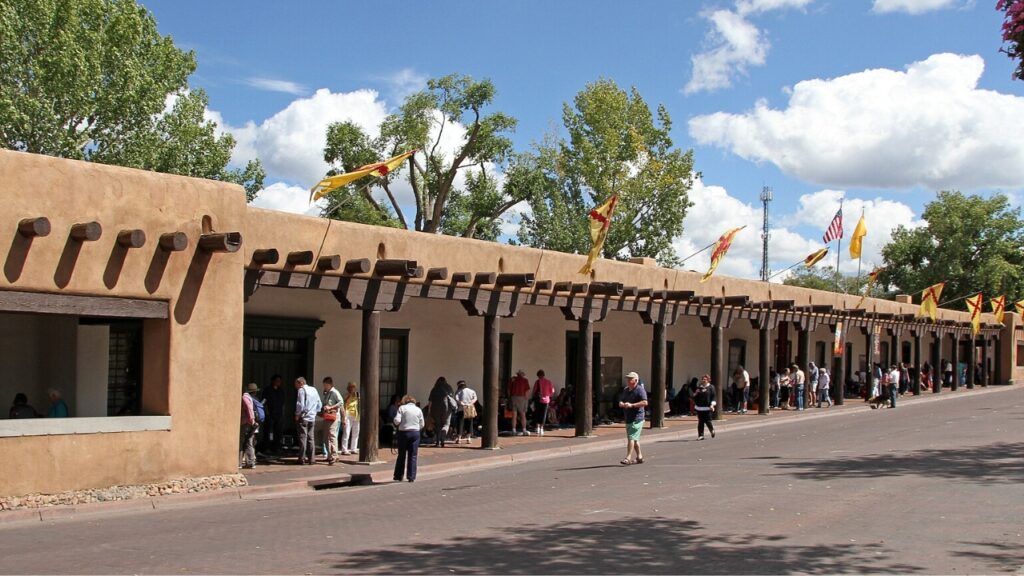
Santa Fe holds the title of the nation’s oldest capital city, founded in 1610. Its blend of Spanish, Native American, and English influences is visible in adobe architecture and cultural landmarks like the Loretto Chapel and Cathedral Basilica. The Historic Plaza is lined with centuries-old buildings, local artisans, and traditional markets. Staying in Santa Fe feels like living in an old Spanish colony, with thick-walled homes, red clay rooftops, and art that spans generations. Despite its age, the city remains vibrant, fusing tradition and creativity seamlessly.
10. Savannah, Georgia
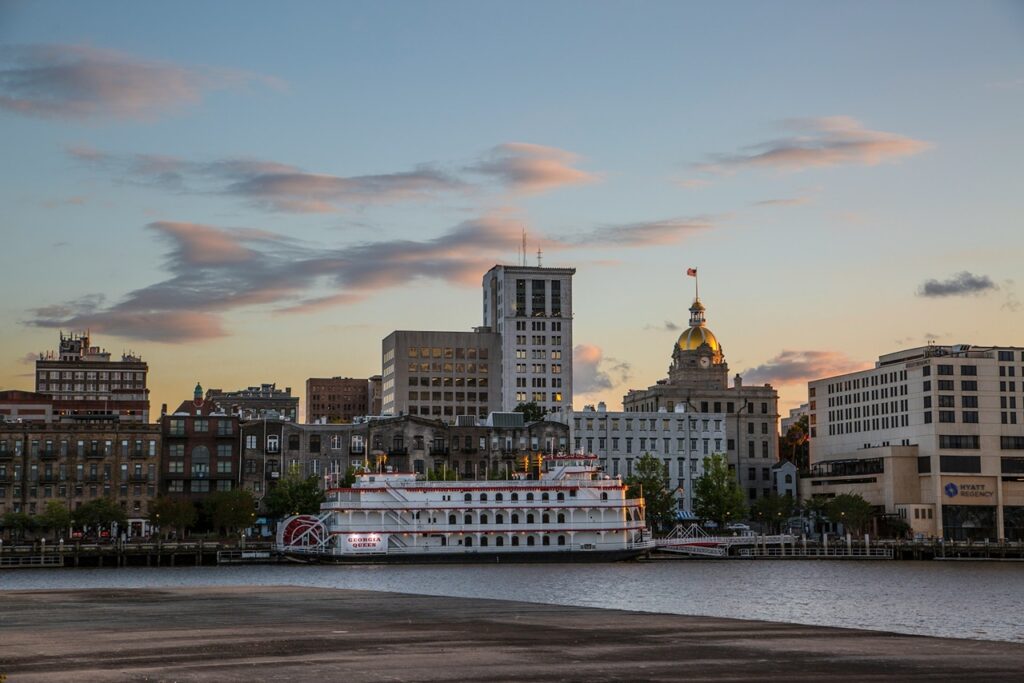
Savannah exudes Southern grace with its preserved antebellum architecture and moss-draped oak trees. Established in 1733, it’s one of America’s oldest cities and among the most photogenic. Its grid of 22 squares, each with unique charm, features fountains, statues, and historic homes. The Cathedral of St. John the Baptist showcases French Gothic design rarely seen in the U.S. A walk through River Street or Forsyth Park is like floating through time, where every detail—from brick roads to gas lamps—tells a story of days long gone.
11. Solvang, California
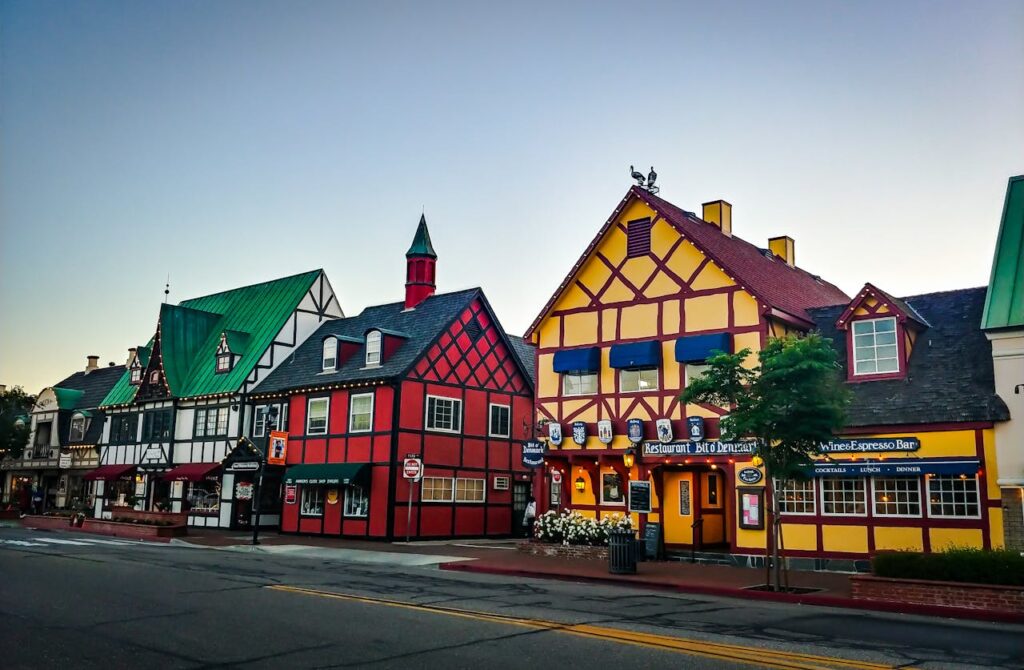
Solvang is a Danish fairy tale nestled in California’s wine country. Founded in 1911 by Danish immigrants, it proudly reflects its roots through timber-framed buildings, a windmill, and bakeries selling aebleskivers and kringles. The Elverhøj Museum of History & Art offers deep insights into the town’s founding and cultural preservation. Solvang’s dedication to authenticity makes it feel more like a quaint European village than a modern American town. Visitors can enjoy wine tastings, horse-drawn tours, and old-world charm just a short drive from Santa Barbara.
12. Tombstone, Arizona
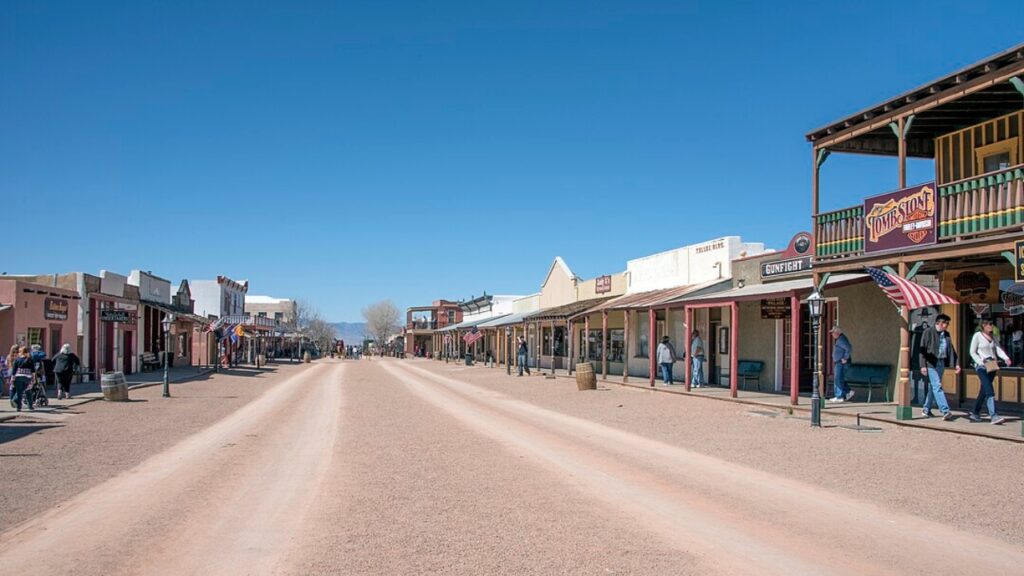
Tombstone is the real Wild West brought back to life. Best known for the 1881 Gunfight at the O.K. Corral, the town still stages reenactments in the exact spot where it occurred. Wooden sidewalks, swinging saloon doors, and dirt roads are more than props—they’re daily life in Tombstone. The locals embrace the old ways, wearing cowboy hats and boots without irony. Big Nose Kate’s Saloon offers food and ghost stories in a historically haunted setting. Tombstone doesn’t pretend to be old-fashioned—it simply never left the 1800s.
13. St. Augustine, Florida

St. Augustine is the nation’s oldest continuously inhabited European-founded city, founded in 1565. Its preserved Spanish colonial architecture, including the Castillo de San Marcos fort and the Lightner Museum, brings centuries of history to life. St. George Street is pedestrian-only, lined with restored buildings housing artisan shops and local eateries. The Fountain of Youth Archaeological Park offers both legend and education. Visitors can even explore the Old Jail, complete with eerie cells. With sunny beaches and centuries-old landmarks, St. Augustine effortlessly merges historical depth with coastal beauty.